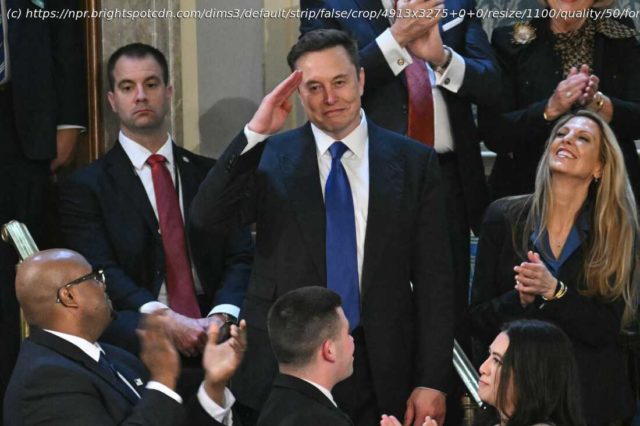Even if you take DOGE’s savings claims so far at face value, its moves to cancel contracts, end leases and push federal agencies to reduce head count barely dent the government’s balance sheet.
Elon Musk and his Department of Government Efficiency have an ambitious goal of cutting $1 trillion in federal spending by the end of the fiscal year in September.
But DOGE’s moves so far to cancel contracts, end leases and push federal agencies to reduce their workforces barely make a dent in the government’s overall balance sheet — even if you take DOGE’s savings claims at face value.
And as NPR has reported, those early DOGE savings claims have been inaccurate and drastically overstated.
In Congress, where decisions about trillions of dollars in spending are debated and authorized in appropriations bills, House Republicans have approved a framework that would include $4.5 trillion in tax cuts and a goal of $2 trillion in spending cuts. There are several more steps until legislation like that could get final approval.
It’s through congressional action, not DOGE, where any changes to spending and revenue collection would happen at a meaningful scale, said Jessica Riedl of the center-right Manhattan Institute.
«Think of Congress and its budget as the debt-ridden dad on the way to buy a $250,000 Ferrari on the credit card, and DOGE is the $2-off gas card he used along the way», Riedl said. «It’s great that he saved $2 on gas, but I think his wife may be more concerned about the $250,000 car.»
DOGE’s alleged savings are a drop in the budget bucket
For every dollar that the federal government has spent so far since the start of this fiscal year in October 2024, DOGE — which began operating in mid-January — has claimed to save the equivalent of about four pennies.






